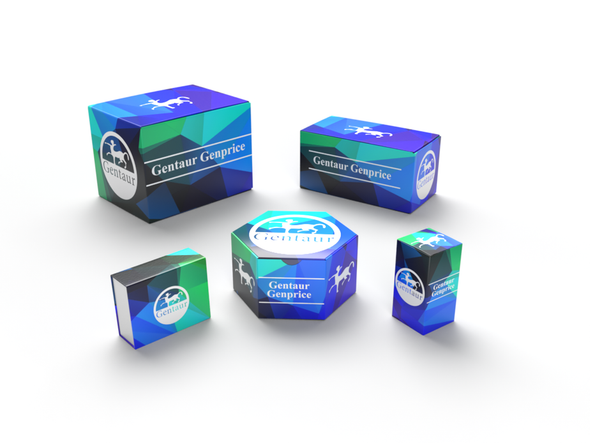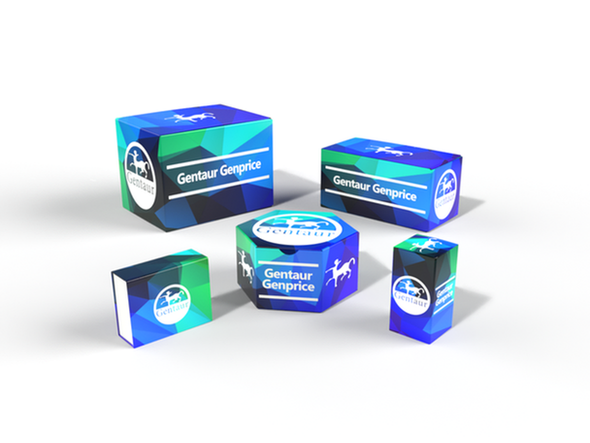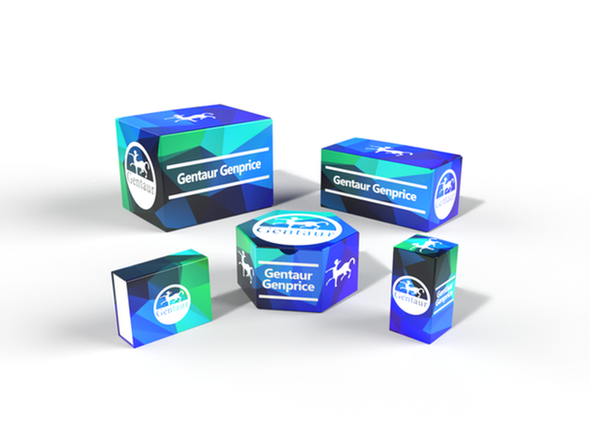Description
APBB1 Antibody | 18-403 | Gentaur UK, US & Europe Distribution
Host: Rabbit
Reactivity: Human
Homology: N/A
Immunogen: Recombinant fusion protein containing a sequence corresponding to amino acids 359-708 of human APBB1 (NP_663722.1) .
Research Area: Neuroscience, Signal Transduction
Tested Application: WB, IHC, IF
Application: WB: 1:50 - 1:200
IHC: 1:50 - 1:200
IF: 1:50 - 1:200
Specificiy: N/A
Positive Control 1: Raji
Positive Control 2: Lovo
Positive Control 3: BT-474
Positive Control 4: A-549
Positive Control 5: Mouse brain
Positive Control 6: Mouse heart
Molecular Weight: Observed: 63kDa
Validation: N/A
Isoform: N/A
Purification: Affinity purification
Clonality: Polyclonal
Clone: N/A
Isotype: IgG
Conjugate: Unconjugated
Physical State: Liquid
Buffer: PBS with 0.02% sodium azide, 50% glycerol, pH7.3.
Concentration: N/A
Storage Condition: Store at -20˚C. Avoid freeze / thaw cycles.
Alternate Name: APBB1, amyloid beta (A4) precursor protein-binding, family B, member 1 (Fe65) , FE65, MGC:9072, RIR, adaptor protein FE65a2, amyloid beta A4 precursor protein-binding, member 1, stat-like protein
User Note: Optimal dilutions for each application to be determined by the researcher.
BACKGROUND: The protein encoded by this gene is a member of the Fe65 protein family. It is an adaptor protein localized in the nucleus. It interacts with the Alzheimer's disease amyloid precursor protein (APP) , transcription factor CP2/LSF/LBP1 and the low-density lipoprotein receptor-related protein. APP functions as a cytosolic anchoring site that can prevent the gene product's nuclear translocation. This encoded protein could play an important role in the pathogenesis of Alzheimer's disease. It is thought to regulate transcription. Also it is observed to block cell cycle progression by downregulating thymidylate synthase expression. Multiple alternatively spliced transcript variants encoding different isoforms have been described for this gene.






